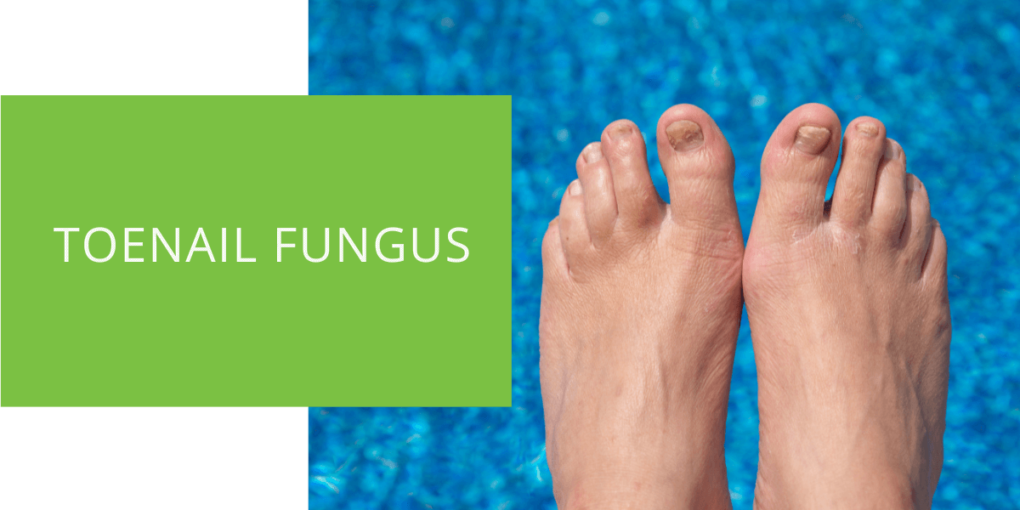Toenail Fungus: Causes, Symptoms & Treatment
Toenail fungus, also known as onychomycosis, is a common fungal infection that affects the toenails. It is caused by various fungi, including dermatophytes, yeasts, and molds, and can cause the toenails to become thick, discolored, and brittle. Toenail fungus is more common in older adults, but it can affect people of all ages. It is important to seek treatment for toenail fungus, as it can cause discomfort and embarrassment, and in severe cases, it can lead to pain or difficulty walking. This article will discuss the causes, symptoms, and treatment options for toenail fungus and ways to prevent its recurrence.
What is Toenail Fungus?
Definition
Toenail fungus, also known as onychomycosis, is a fungal infection that affects the toenails. Various fungi, including dermatophytes, yeasts, and molds cause it.
Types
There are three main types of toenail fungus:
- Distal subungual onychomycosis: This is the most common type of toenail fungus, and it affects the nail bed and the area beneath the nail. It is caused by dermatophytes and is characterized by thick, discolored, and brittle nails.
- White superficial onychomycosis: This type of toenail fungus affects the nail's surface and is caused by molds. White, powdery spots on the nail characterize it.
- Proximal subungual onychomycosis: This is a rare type of toenail fungus that affects the area near the nail's base and is caused by yeasts. It is characterized by thick, crumbly nails that may lift off the nail bed.
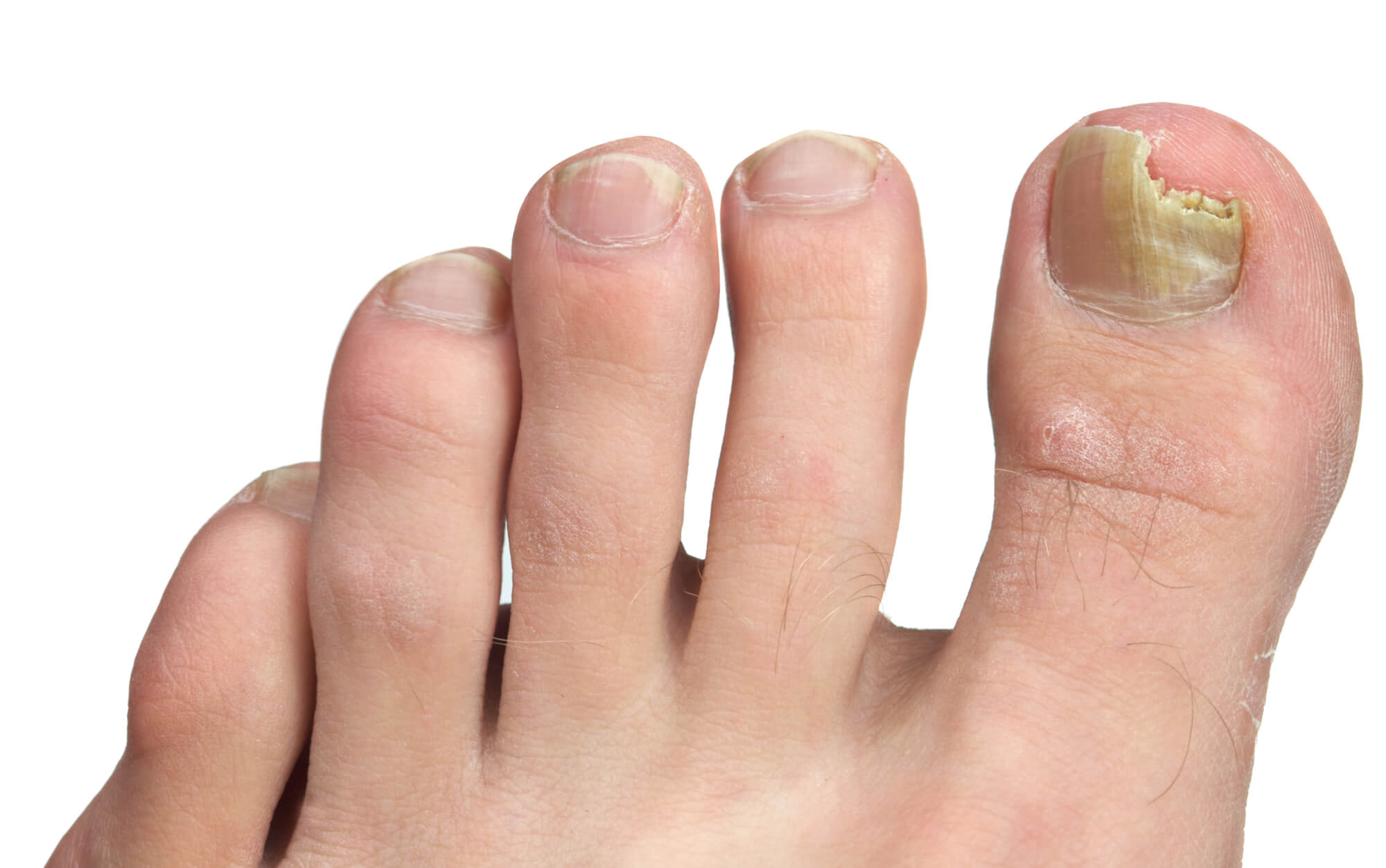
Causes of Toenail Fungus
Risk Factors
Several factors can increase the risk of developing toenail fungus, including:
- Age: Toenail fungus is more common in older adults, as the nails become thicker and slower-growing, making them more susceptible to fungal infections.
- Poor hygiene: Failing to keep the feet clean and dry can increase the risk of toenail fungus, as fungi thrive in warm, moist environments.
- Occupation: People who work in damp or humid environments, such as swimmers, showers, or locker rooms, are more likely to develop toenail fungus.
- Athlete's foot: Having athlete's foot, a fungal infection of the skin on the feet, increases the risk of developing toenail fungus.
- Nail injuries: Trauma to the nail, such as wearing tight-fitting shoes or dropping heavy objects on the toes, can increase the risk of developing toenail fungus.
- Medical conditions: Certain conditions, such as diabetes and psoriasis, can weaken the immune system and increase the risk of toenail fungus.
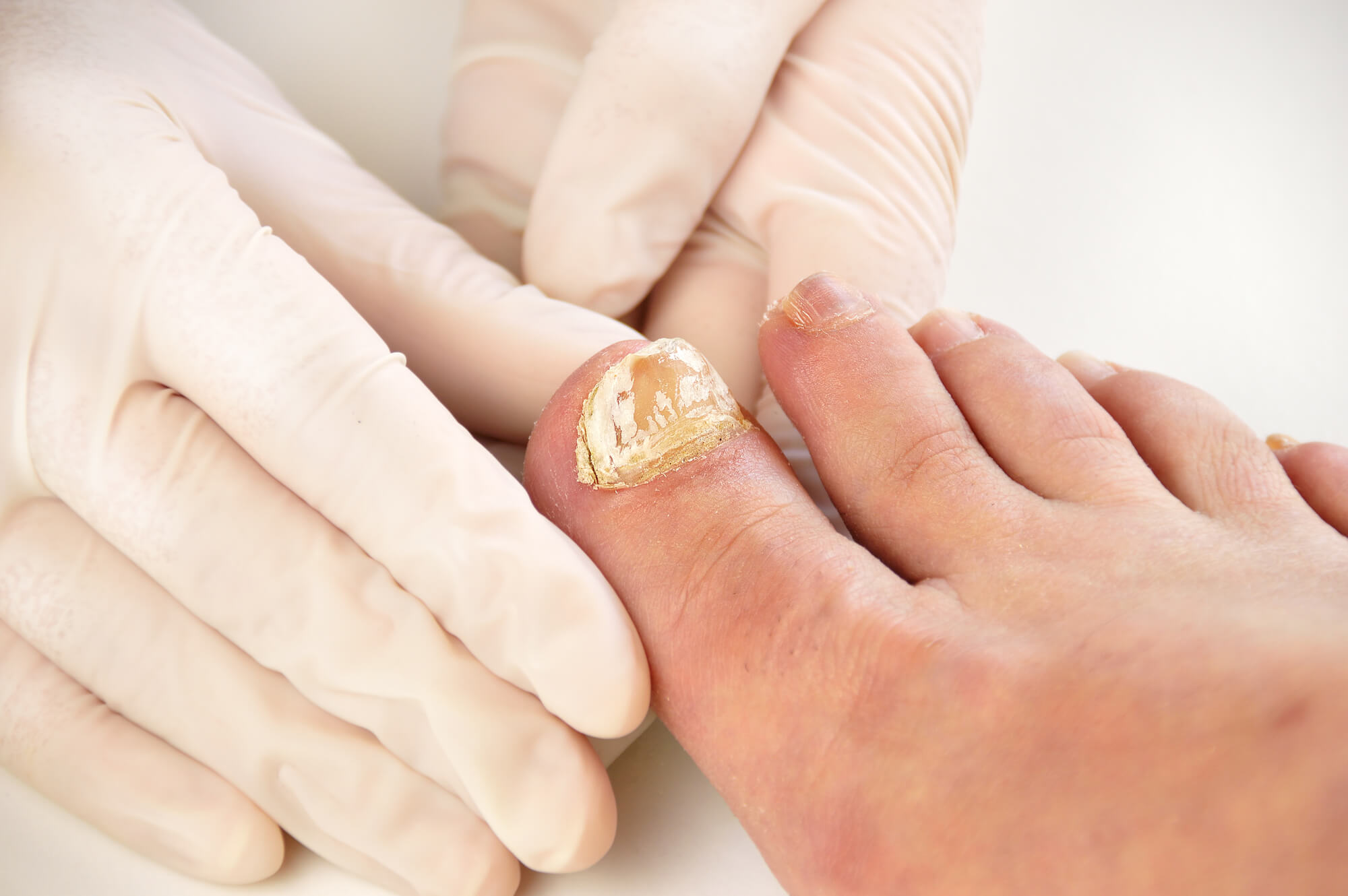
Preventing Toenail Fungus
Toenail fungus can be prevented by following good hygiene practices and taking precautions to avoid exposure to fungi. Some tips for preventing toenail fungus include:
- Washing the feet regularly with soap and water and drying them thoroughly, especially between the toes.
- Avoiding walking barefoot in public places, such as pools, gym showers, and locker rooms.
- Wearing shoes or sandals in damp or humid environments to keep the feet dry.
- Avoiding sharing nail clippers, nail files, and other personal grooming tools with others, as this can spread the fungus from person to person.
- Wearing socks made of moisture-wicking materials, such as cotton or wool, to help keep the feet dry.
- Changing socks and shoes regularly, especially if they become damp or sweaty.
- Avoiding tight-fitting shoes and wearing shoes with plenty of room for the toes to breathe.
- Applying the antifungal powder to the feet and inside shoes helps prevent the growth of fungi.

Symptoms of Toenail Fungus
Appearance of Affected Toenails
Toenails affected by fungus may appear thick, discolored, and brittle. The nail may also become distorted in shape and separate from the nail bed. In severe cases, the nail may crumble and fall off.
Other Symptoms
In addition to changes in the appearance of the toenail, toenail fungus can also cause other symptoms, such as:
- Itching or burning sensation on or around the nail
- Foul-smelling odor emanating from the affected nail
- Pain or discomfort when wearing shoes or walking
Diagnosing Toenail Fungus
Toenail fungus is usually diagnosed through a physical examination of the affected nail by a healthcare provider, such as a podiatrist. The provider may also take a sample of the affected nail for laboratory testing to confirm the diagnosis and identify the type of fungus causing the infection.
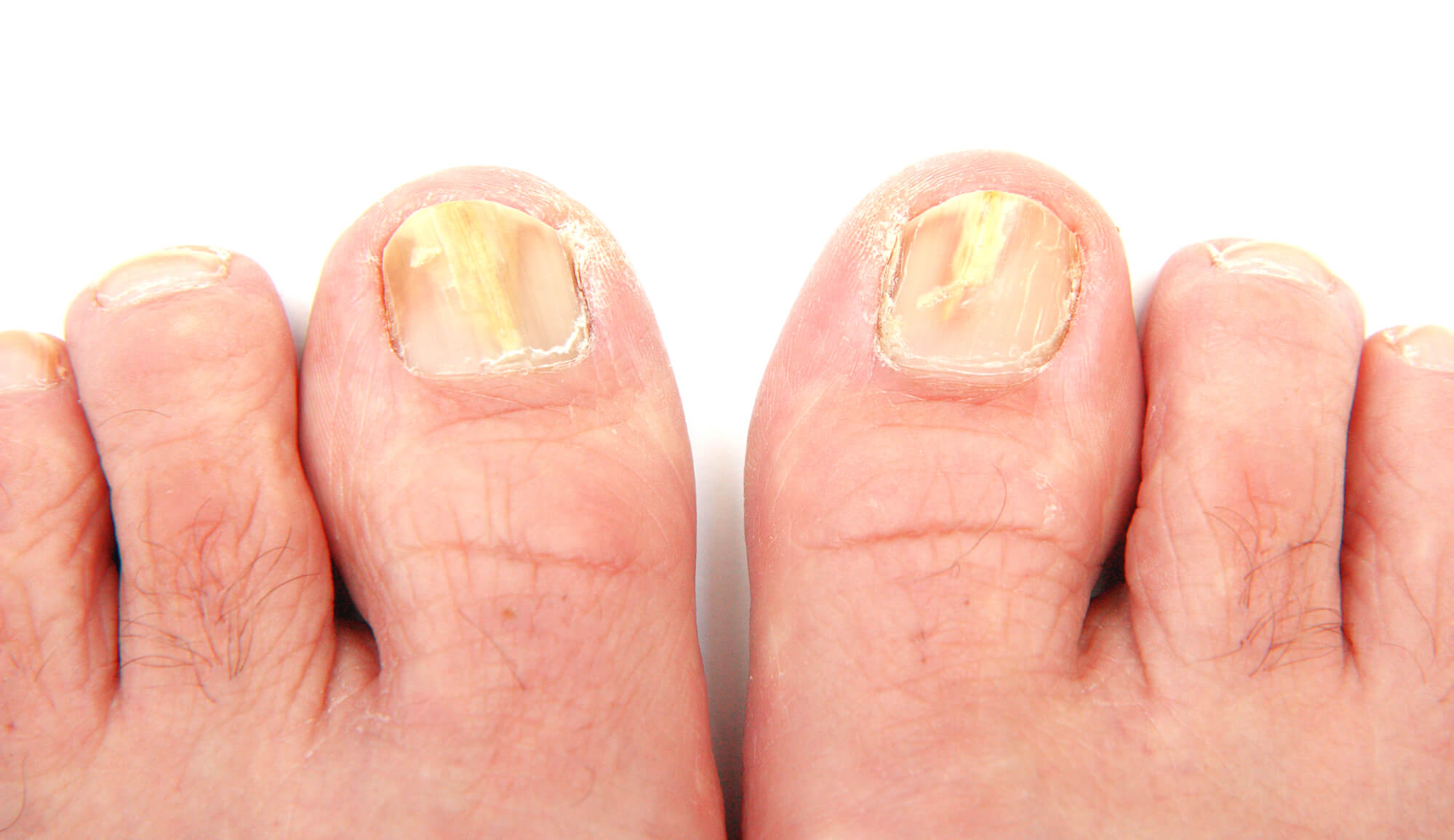
Treatment Options for Toenail Fungus
Topical Medications
Topical medications, such as antifungal nail polish or ointment, can be applied directly to the affected nail to kill the fungus. These medications are available over-the-counter or by prescription. Some examples of topical antifungals include ciclopirox and terbinafine.
Oral Medications
A healthcare provider may prescribe oral antifungal medication in more severe cases of toenail fungus or when topical medications are ineffective. These medications are taken by mouth and work to kill the fungus from the inside out. Some examples of oral antifungals include terbinafine and itraconazole.
Surgical Procedures
In severe cases of toenail fungus that does not respond to other forms of treatment, a healthcare provider may recommend surgical removal of the affected nail. This procedure, called a partial nail avulsion, involves numbing the toe and then removing the infected portion of the nail. The nail may then be treated with antifungal medication to prevent the fungus from returning.
Home Remedies
Several home remedies may be effective in treating toenail fungus, although it is important to note that more research is needed to determine their effectiveness. Some home remedies for toenail fungus include:
- Tea tree oil: Tea tree oil has antifungal properties and may be effective in treating toenail fungus when applied topically to the affected nail. However, it is important to dilute the tea tree oil with a carrier oil, such as coconut oil, as it can cause skin irritation when applied undiluted.
- Apple cider vinegar: Apple cider vinegar has antifungal properties and may be effective in treating toenail fungus when soaked in a mixture of equal parts water and vinegar for 20-30 minutes daily.
- Listerine: Listerine, a type of mouthwash, contains antifungal properties and may be effective in treating toenail fungus when soaked in a mixture of equal parts water and Listerine for 20-30 minutes daily.
- Baking soda: Baking soda may help to kill fungus and prevent its growth when mixed with water to create a paste and applied to the affected nail.
It is important to note that home remedies may not work for everyone and may take longer to see results compared to prescription medications. It is always best to consult with a healthcare provider before trying any home remedies, as they can assess the severity of the infection and determine the most appropriate course of treatment.
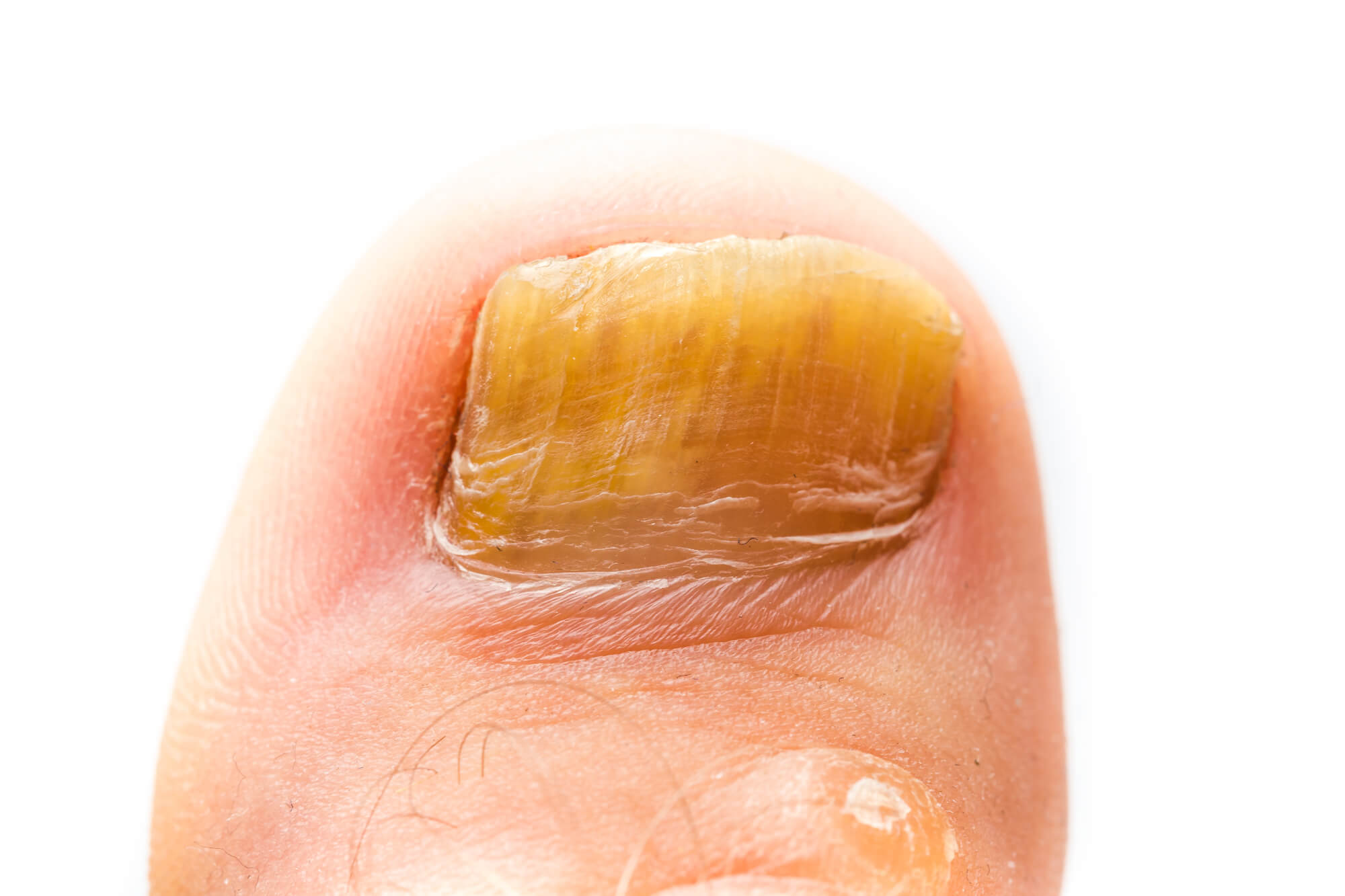
Preventing Recurrence of Toenail Fungus
Good Hygiene Practices
Maintaining good hygiene practices can help to prevent the recurrence of toenail fungus. This includes washing the feet regularly with soap and water, drying the feet thoroughly, and wearing clean socks and shoes. Avoid walking barefoot in public places, such as pools and gym showers, and avoiding sharing personal grooming tools can also help to prevent the spread of the fungus.
Choosing Footwear Wisely
Wearing shoes or sandals in damp or humid environments and avoiding tight-fitting shoes can help to keep the feet dry and prevent the growth of fungus. It is also a good idea to rotate shoes to allow them to dry out between wearings.
Treating Other Medical Conditions
Treating underlying medical conditions, such as diabetes and psoriasis, can help to boost the immune system and prevent the recurrence of toenail fungus. It is important to follow the treatment plan prescribed by a healthcare provider to manage these conditions effectively.
Toenail fungus can be a stubborn and difficult condition to treat. Still, with the right combination of medications and prevention measures, it is possible to clear the infection and prevent its recurrence. If you are experiencing symptoms of toenail fungus, it is important to consult with a healthcare provider for an accurate diagnosis and appropriate treatment plan.
Conclusion
Toenail fungus is a common fungal infection that can cause discomfort and embarrassment, and in severe cases, it can lead to pain or difficulty walking. It is important to seek treatment for toenail fungus, as it can be effectively treated and resolved in most cases.
Treatment options include topical medications, oral medications, surgical procedures, and home remedies. It is important to follow the treatment plan prescribed by a healthcare provider, as they can determine the most appropriate course of treatment based on the individual case.
To prevent the recurrence of toenail fungus, it is important to maintain good hygiene practices, avoid tight-fitting shoes, and take steps to prevent fungus growth. With the right combination of treatment and prevention measures, it is possible to clear the infection and prevent its recurrence.
FAQ
What is the fastest way to cure toenail fungus?
The fastest way to cure toenail fungus will depend on the severity of the infection and the type of fungus causing it. Prescription oral medications may work faster than topical treatments, as they can kill the fungus from the inside out. However, it is important to follow the treatment plan a healthcare provider prescribes, as they can determine the most appropriate course of treatment based on the individual case.
How do I get rid of toenail fungus permanently?
Toenail fungus can be difficult to get rid of permanently, as it can recur if proper prevention measures are not taken. To increase the chances of a permanent resolution, it is important to follow the treatment plan prescribed by a healthcare provider and take steps to prevent the growth of fungus, such as maintaining good hygiene practices and avoiding tight-fitting shoes.
What effectively kills toenail fungus?
Antifungal medications, both topical and oral, kill toenail fungus. Topical antifungals, such as nail polish or ointment, can be applied directly to the affected nail and work to kill the fungus on the surface. Oral antifungals, taken by mouth, work to kill the fungus from the inside out. It is important to follow the treatment plan a healthcare provider prescribes, as they can determine the most appropriate medication and dosage based on the individual case.
Do you have to cut off the toenail for fungus?
In severe cases of toenail fungus that does not respond to other forms of treatment, a healthcare provider may recommend surgical removal of the affected nail, known as a partial nail avulsion. However, this is typically only done as a last resort, and deciding to remove the nail will depend on the individual case.
Can toenail fungus be completely cured?
Toenail fungus can be effectively treated and resolved in most cases, but it can recur if proper prevention measures are not taken. It is important to follow the treatment plan prescribed by a healthcare provider and take steps to prevent the growth of fungus, such as maintaining good hygiene practices and avoiding tight-fitting shoes.

